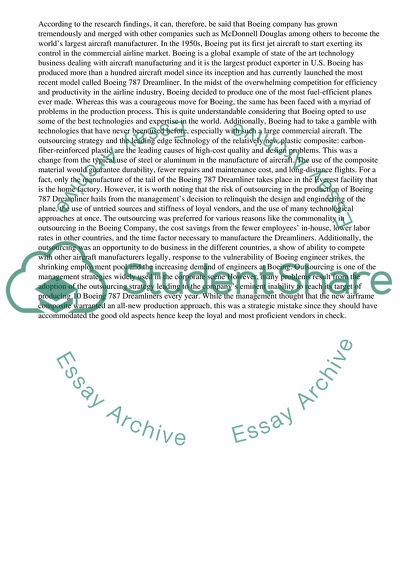Cite this document
(“Boeing 787 Dreamliner quality management problems Research Paper”, n.d.)
Retrieved from https://studentshare.org/management/1397492-boeing
Retrieved from https://studentshare.org/management/1397492-boeing
(Boeing 787 Dreamliner Quality Management Problems Research Paper)
https://studentshare.org/management/1397492-boeing.
https://studentshare.org/management/1397492-boeing.
“Boeing 787 Dreamliner Quality Management Problems Research Paper”, n.d. https://studentshare.org/management/1397492-boeing.


